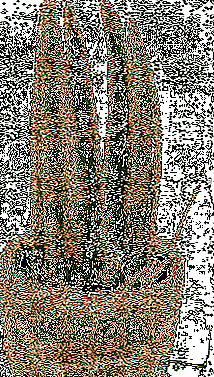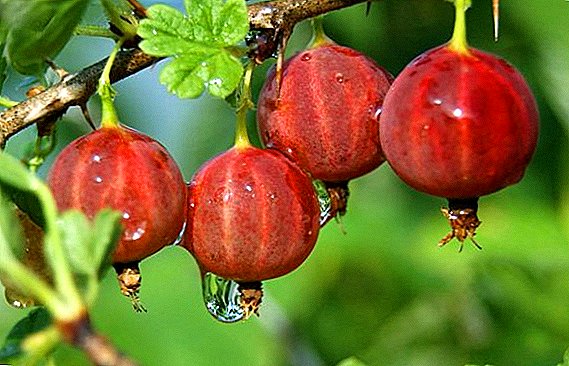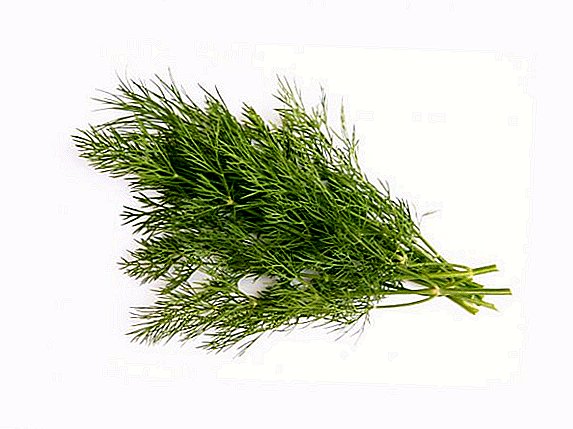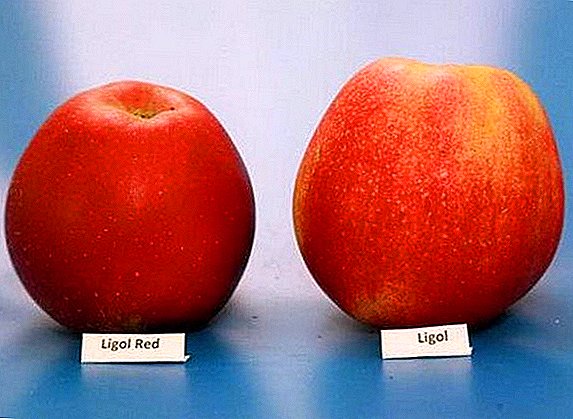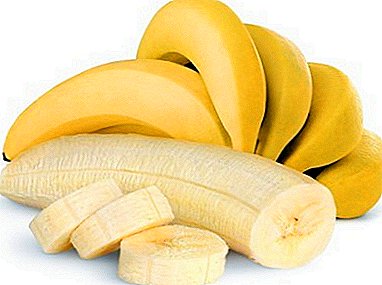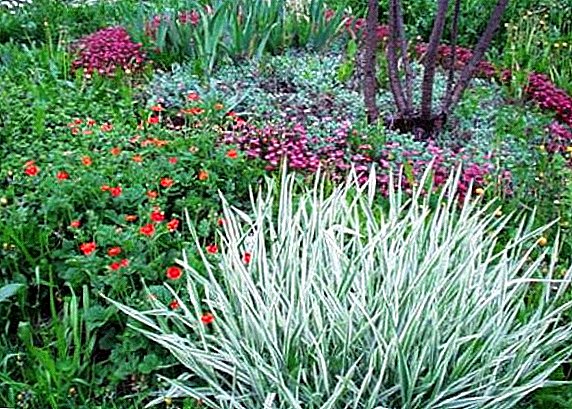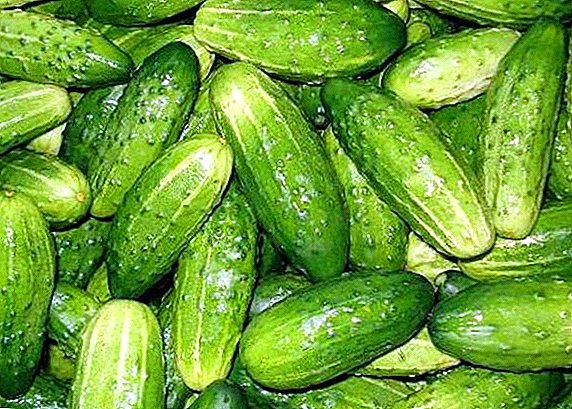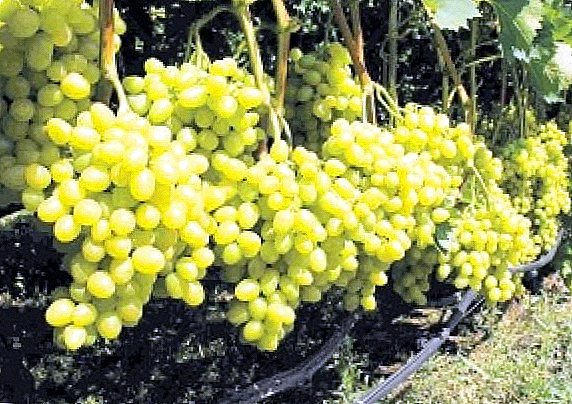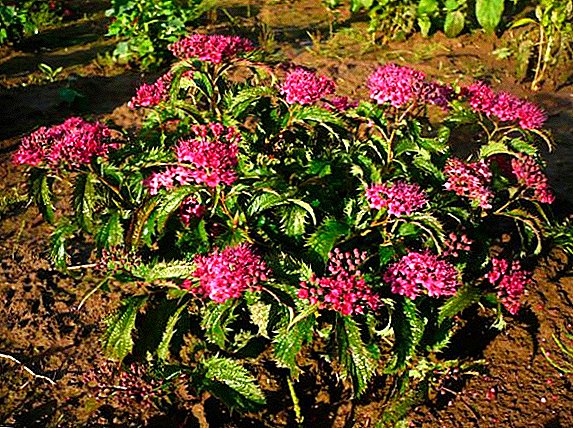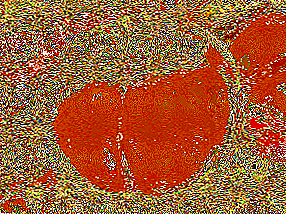
Delicious and healthy fruits of persimmon want to grow a resident of any area.
The most delicious persimmon, unfortunately, will not grow in the middle lane.
However, you can pick varieties that will survive in cold winters.
Sorta
 For growing on a summer cottage in the middle lane fit a sapling grown from a seed.
For growing on a summer cottage in the middle lane fit a sapling grown from a seed.
It is necessary to choose a variety with a maximum level of frost resistance, for example, virgin persimmon.
This variety is characterized by the longest period of winter dormancy. Homeland varieties is North America.
The tree can reach twenty meters in height. The roots are able to withstand the freezing of the soil to minus fifteen degrees. The variety can grow safely on clay soils, where a large amount of moisture accumulates.
The long period of winter dormancy allows you to successfully survive the cold season. This allows thaws not to cause sap flow ahead of time. The variety can be used as a stock for other cultivars.
Terms of ripening
There are a large number of varieties of persimmon, which are divided into three groups depending on the time of ripening, or rather, on the time of harvest. There are:
- early varieties. In southern areas they are collected from September to October;
- mid-season varieties. Persimmon, belonging to these varieties, receive in October - November;
- late. The fruits ripen in late November - early December.
Pollination
 On persimmon can bloom male, female and bisexual flowers.
On persimmon can bloom male, female and bisexual flowers.
Some varieties can form only female flowers, for example, Sidles, Hachia, Emon.
If climatic conditions allow, plants can fruit without the fertilization process..
The varieties Gailey, Dream, Shagotsu gaki dissolve both female and male flowers every year.
Taste of fruits depends on pollination. Fruits with seeds have a brighter taste than seedless specimens. The pulp that is found around the seed is always more palatable than the rest of the fruit.
To get a large and high-quality crop, you need to pollinate female plants.. Some varieties give fruit without this procedure. Varieties of persimmon by this criterion are divided into three groups:
- Pollination is necessary: Yankin Tsura, Maru, Gosho Gaki, Ezo Ichi and others;
- pollination is not necessary: Gosho, Tamopan large and others;
- adjacent group: Soyo, Aizu, Hachia and others.
Plants belonging to the adjacent group are able to bear fruit even without the pollination procedure. They resort to it in order to improve the taste and quality of fruits, to increase their size and yield. The flesh changes its color and becomes softer and more tender.
Pollination is an important procedure that improves the quality and quantity of the crop. For this reason, eight to nine trees with female flowers are recommended to single out one tree for pollination. If there is no opportunity to plant such a tree, you will have to do manual pollinating.
Choosing a place for landing
Persimmon must grow in a comfortable soil for it to be able to grow well and bear fruit. Ideal soils are considered to be alluvial loamy or sandy. They must be fertile. Underground sources should not be closer to the surface of the earth than 0.75 meters.
Basically, the roots lie at a depth of about one and a half meters. Powerful varieties produce food in an area of sixty-four square meters, and low-growth varieties - on an area of twenty-five square kilometers.
Choose a place with good lighting, hidden from the dank winter winds.. In a place where a strong shadow falls, the tree will feel bad: the fruits will begin to fall off, the leaves will lose their shape.
Selection and planting seedlings
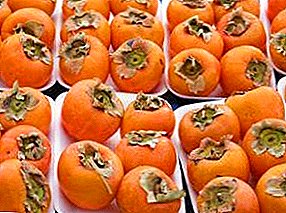 It is recommended to purchase planting material from the manufacturer, which guarantees the quality of the product.
It is recommended to purchase planting material from the manufacturer, which guarantees the quality of the product.
Buying from dealers and even at an exhibition can be disappointing.
You may get a plant that does not meet the declared variety, is not frost-resistant and is not suitable for the middle zone.
Saplings with open roots buy in the autumn. Carefully examine the appearance of the plant to see if it is healthy.
If a tree was dug competently, it will have thin roots with branching. They are very gentle: they die after an hour or two after drying. If these roots are dead and the main root system looks healthy, planting material is suitable for cultivation.
At the site of planting persimmon set support. A seedling is placed in the dug hole, placing it near the wall so as not to damage the small roots. The root system gently straighten and sprinkled with earth.
When it is cold, the tree is protected by a box and mulched with peat or humus. The barrel is always whitened. A sharp cooling causes bark detachment, so it is necessary to protect the plant as much as possible from temperature fluctuations in winter.
Features care for persimmon
The success of cultivation depends on the proper care, prevention of diseases and the appearance of parasites. Before the start of winter, preparatory work is required. For a month and a half, they stop watering the tree to allow the shoots to ripen.
Fertilizers containing potassium and phosphorus, which plants have been feeding intensively since July, help aging. If the tree is properly prepared for winter, frost resistance can increase by two to three degrees.
Important competent formirovka crown plants. Strong pruning is done when they want to form a certain shape. During the emergence of the fruits destroy damaged and dried shoots.
At the end of fruiting, pruning is effective for rejuvenation. In the season when such a procedure is carried out, the harvest from the tree can not be expected, but after two years it will bestow a rich harvest.
Persimmon can be affected by gray rot or scab, although usually the tree is resistant to diseases. Diseases are cured by spraying with Bordeaux mixture or systemic preparations.


